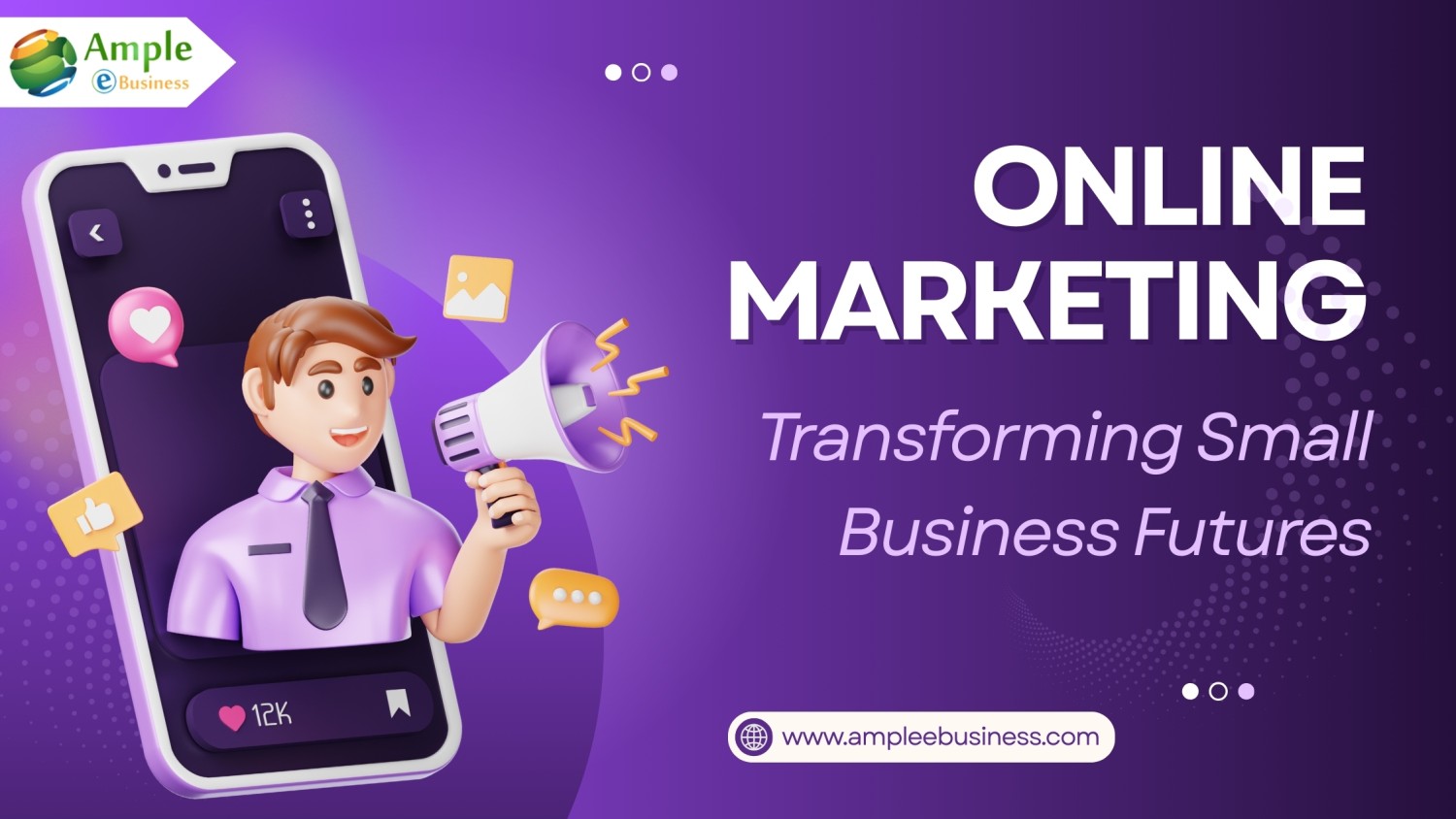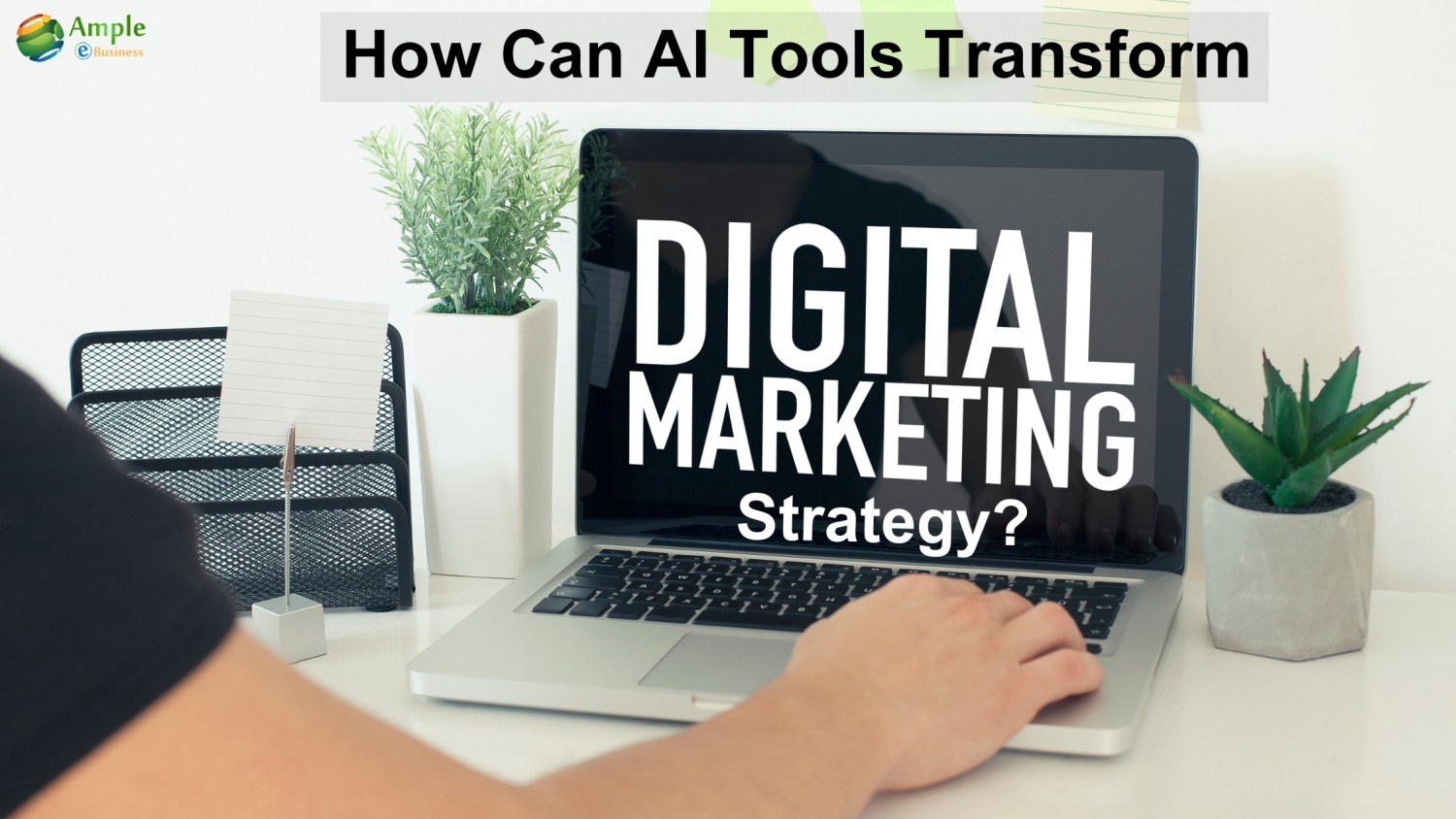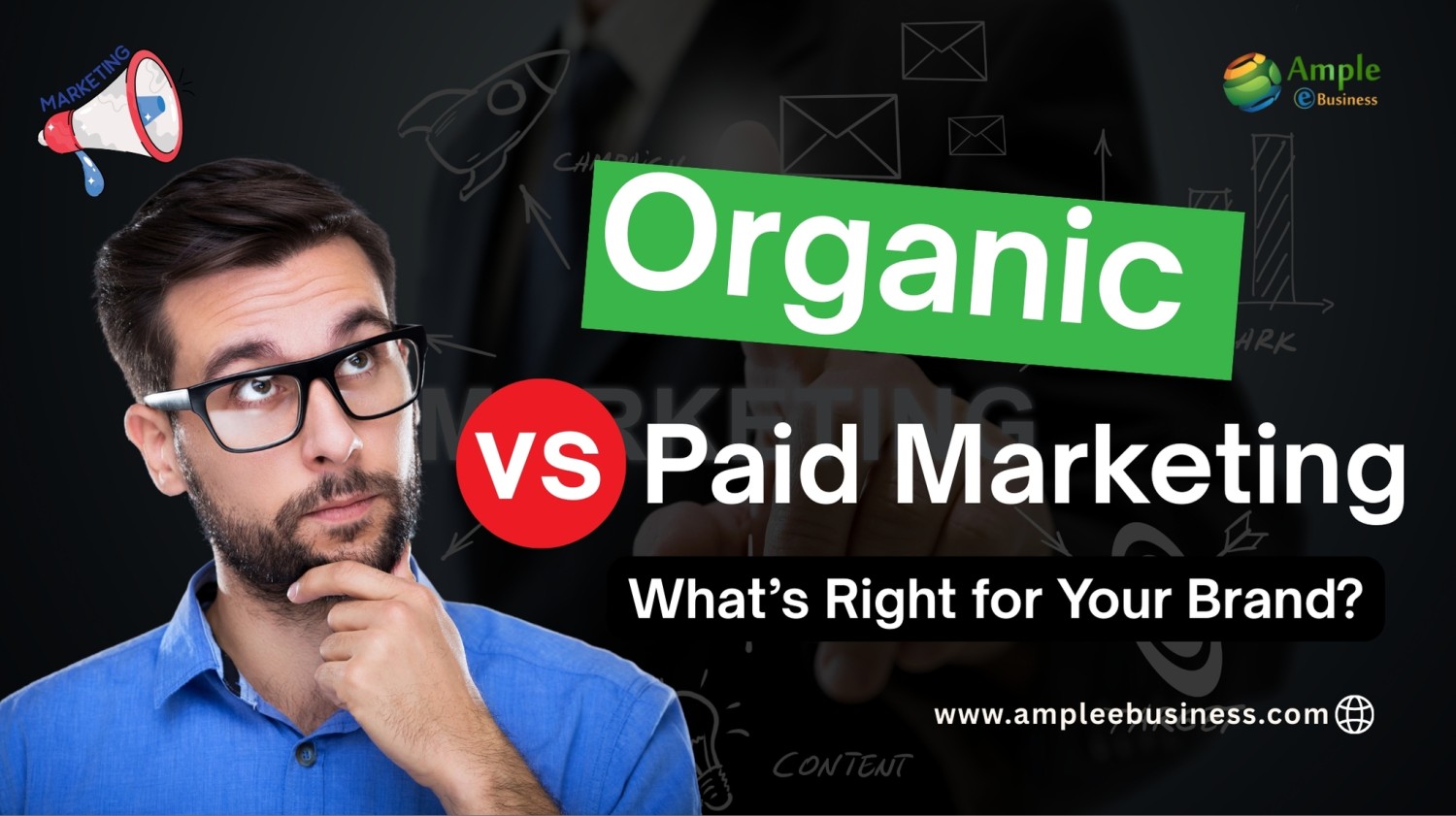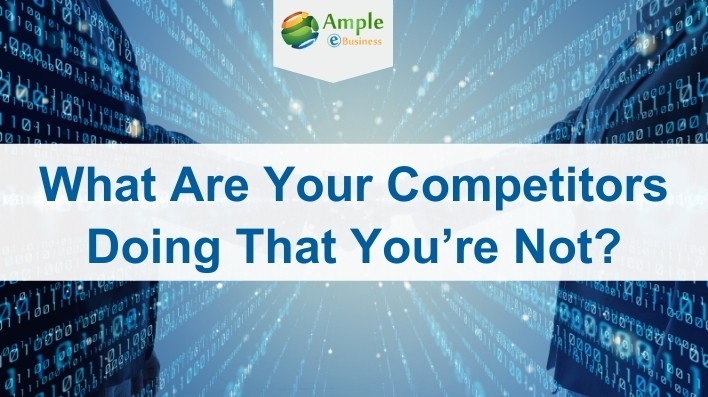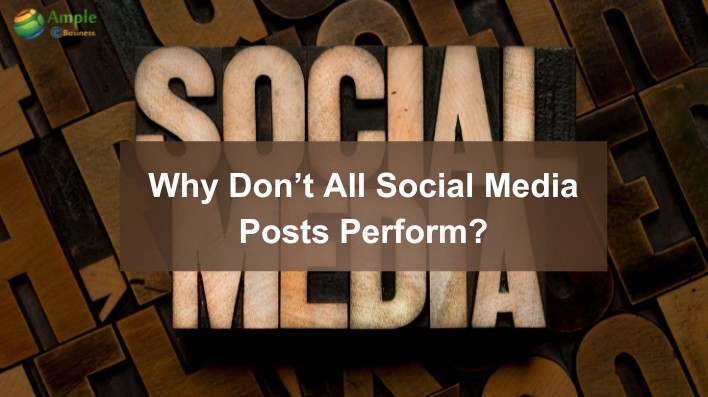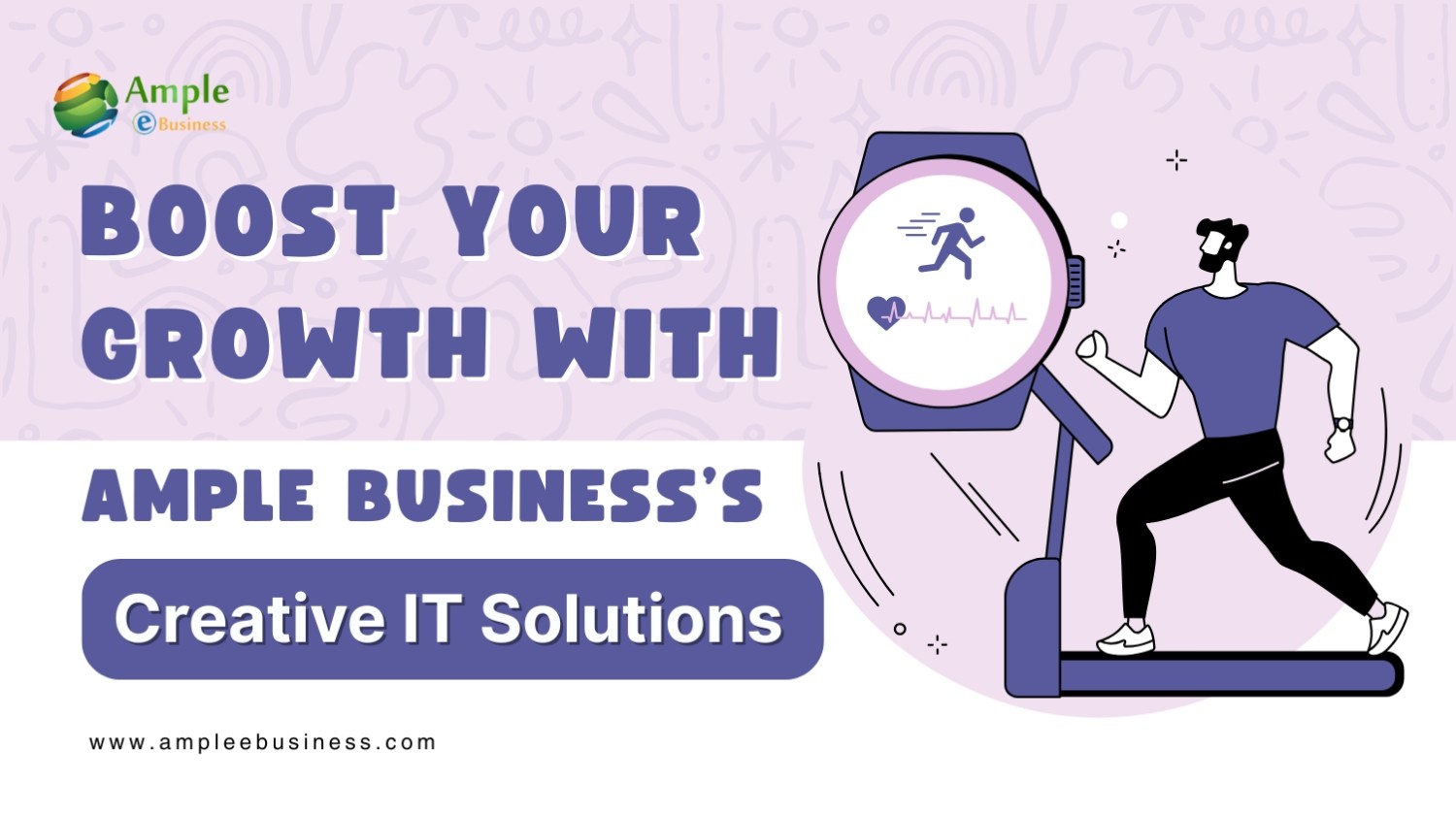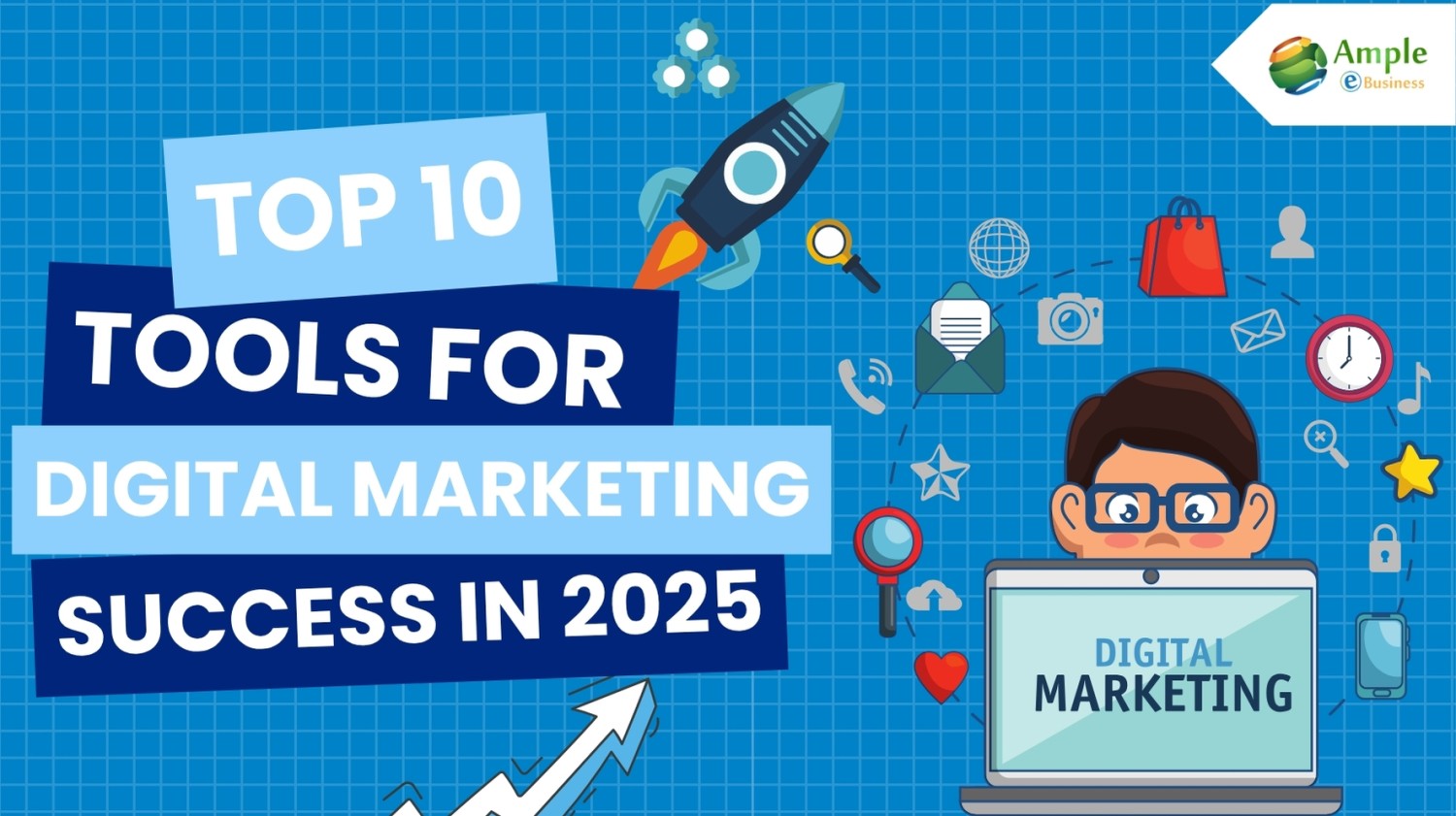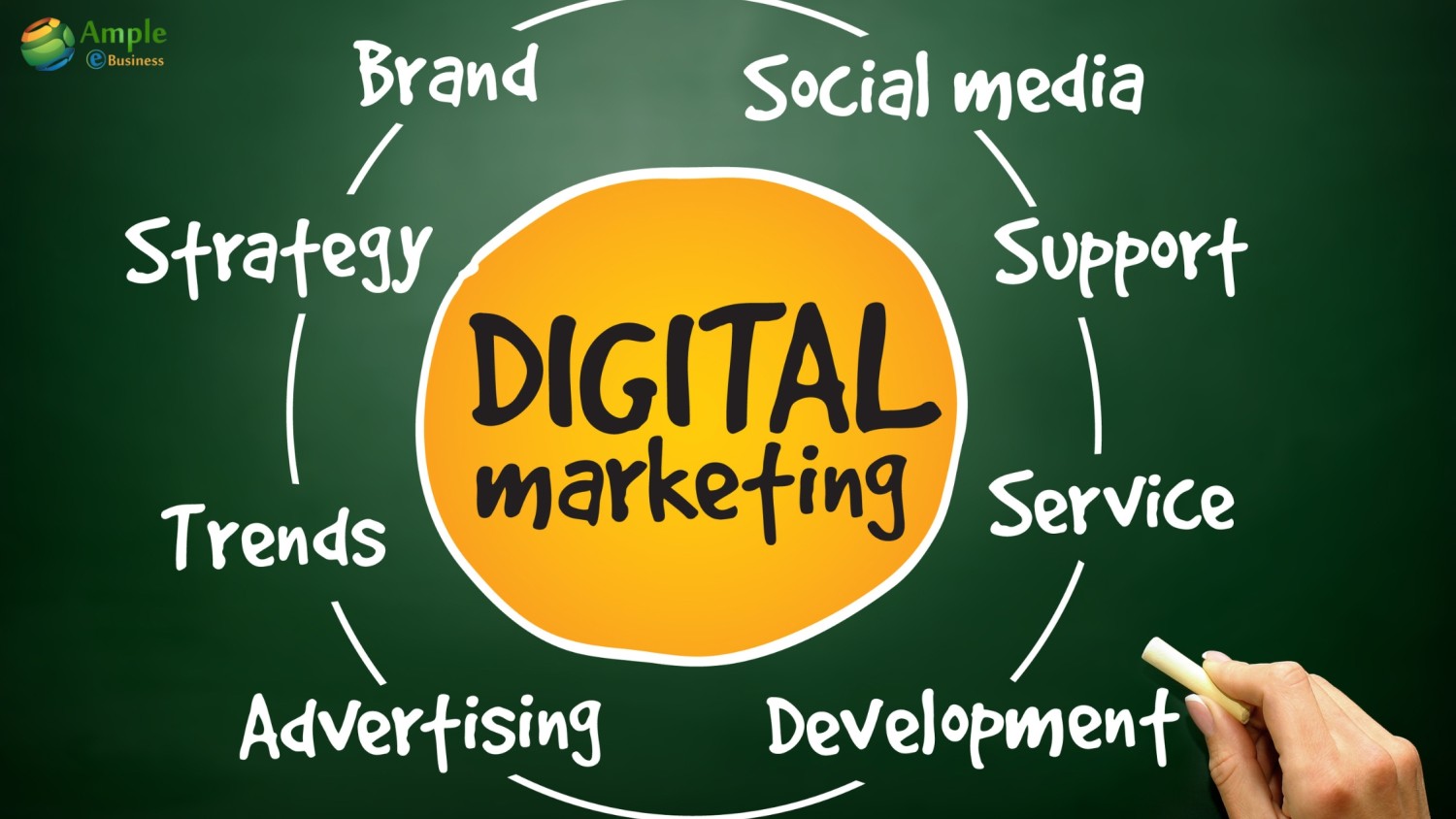
How Does Digital Marketing Actually Increase Sales?
In today’s fast-moving business world, customers are no longer only influenced by TV ads, billboards, or newspaper promotions. Instead, they are scrolling through Instagram, searching on Google, watching videos on YouTube, and shopping through e-commerce platforms. This shift has completely transformed how businesses connect with their audience. At the center of this transformation lies Digital Marketing – a set of modern strategies that not only boost visibility but also directly increase sales.
But how does digital marketing actually help in converting casual browsers into loyal customers? Let’s break it down in a simple, step-by-step.
1. Reaching the Right Audience
The first step in increasing sales is reaching people who are genuinely interested in your product. With online marketing strategies, businesses can target audiences based on demographics, interests, and behavior. Unlike traditional marketing, where ads reach everyone (even those who don’t need your product), digital advertising ensures that your message is seen by the right people at the right time.
For example, if you sell organic skincare, social media marketing can help you reach users who follow beauty and wellness pages. Similarly, Google Ads can show your products when someone searches for “natural skincare near me.” This precision targeting saves money and increases the chances of conversion.
2. Building Trust Through Content
Sales don’t happen overnight. Before purchasing, most people research, compare, and look for trusted information. That’s where content marketing comes into play. By creating blogs, videos, infographics, and guides, businesses educate their audience while positioning themselves as industry experts.
When potential customers read your blog post about “5 Benefits of Organic Skincare” and see your products mentioned naturally, they are more likely to trust your brand. Over time, consistent and valuable content builds credibility, which directly leads to more sales.
3. Social Media – Turning Engagement into Sales
It’s no secret that people spend hours daily on platforms like Facebook, Instagram, and LinkedIn. Through social media marketing, businesses can build relationships with customers by sharing updates, engaging posts, and exclusive offers.
A customer who comments on your post today could become a buyer tomorrow. Features like Instagram Shops, Facebook Ads, and influencer collaborations make it even easier to turn social engagement into actual revenue. The best part? Every click, like, and share can be tracked to see how it impacts your sales.
4. The Power of SEO
If your business isn’t showing up on Google, you’re missing out on a huge number of potential customers. Search Engine Optimization (SEO) ensures that your website appears on top of search results when customers look for relevant products or services.
For instance, if someone searches “best digital marketing agency near me,” and your business shows up on the first page, your chances of getting a sale increase significantly. SEO doesn’t just bring more traffic—it brings the right traffic, people who are already interested and ready to buy.
5. Personalization Through Data
One of the biggest strengths of digital marketing strategies is data. Every click, scroll, and purchase leaves behind insights about what customers like and dislike. Businesses can use this data to create personalized experiences.
Think about when you get an email saying, “Hi Sarah, here’s 20% off on the shoes you liked.” That’s personalization, and it works wonders for sales. Customers feel valued when businesses remember their preferences, and this encourages them to buy more often.
6. Cost-Effective Advertising
Traditional advertising—TV, radio, billboards—often requires a huge budget. But digital advertising allows businesses of all sizes to compete fairly. You can start a campaign with just a small budget, test different strategies, and scale up what works.
For example, running a Facebook ad campaign for $50 can give you detailed insights: how many people saw your ad, how many clicked, and how many actually purchased. This flexibility makes it easier for businesses to manage budgets while maximizing sales.
7. Remarketing – Converting “Maybe Later” into Buyers
Not every visitor buys on the first visit. Many leave after checking prices or reading about the product. With remarketing, you can reach those people again through ads while they browse other websites or social media.
Ever noticed how a product you checked on Amazon keeps appearing in ads everywhere? That’s remarketing in action. It gently reminds customers about your product, increasing the chances that they’ll return and complete the purchase.
8. Customer Relationship and Loyalty
Increasing sales isn’t only about getting new customers; it’s also about retaining existing ones. Through email marketing and loyalty programs, businesses can keep customers engaged with personalized offers, newsletters, and rewards. A returning customer usually spends more and is easier to convert than a new lead.
9. Measurable Results and ROI
One of the greatest advantages of digital marketing is that every campaign can be measured. You can track how many people saw your ad, how many clicked, and how many made a purchase. This real-time feedback allows businesses to adjust their online marketing strategies quickly for better results.
Unlike traditional marketing, where it’s hard to measure exact returns, digital channels provide clear data, making it easier to increase sales effectively.
Final Thoughts
So, how does digital marketing actually increase sales? By targeting the right audience, building trust, engaging customers, optimizing visibility, and personalizing experiences, it creates a powerful cycle of attracting, converting, and retaining buyers.
The digital world is where customers spend their time, and that’s where your business needs to be. Whether through SEO, social media marketing, content marketing, or digital advertising, the opportunities are endless. When done right, digital marketing strategies don’t just increase traffic—they increase trust, loyalty, and most importantly, sales.
